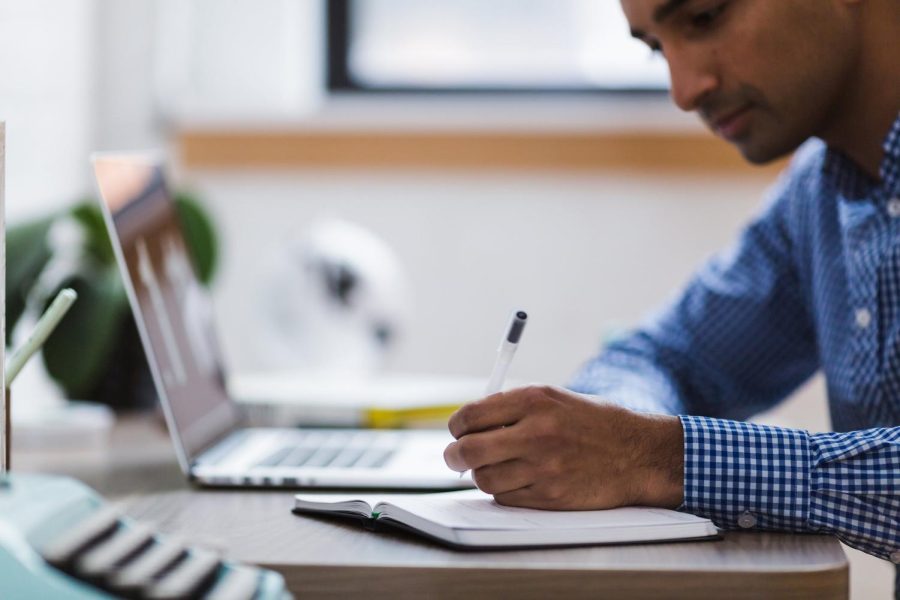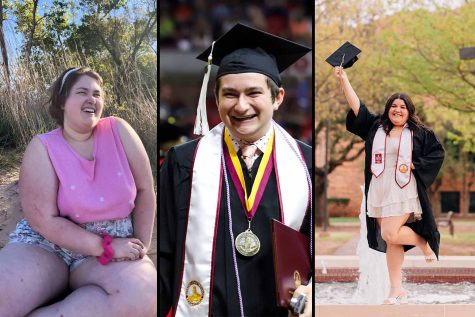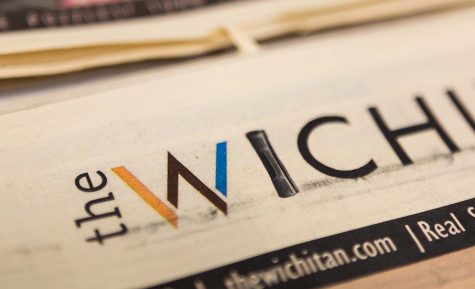Editorial: Work smarter, not harder
Studying is not a one-size-fits-all skill. Everyone has their own preferences with varying levels of effectiveness. Photo courtesy of Pixabay.
Studying can be one of the most difficult things a student has to do, but it doesn’t have to be. Normally studying is seen as sitting down with a textbook or notes and cramming all the information but there are other ways to study. Not everyone learns the same way and it’s important to know what is the best way for you. Here are a few study techniques to try:
- Create the perfect studying environment: The perfect study environment can be different for everyone but here are some tips: have a change of scenery, eat some healthy snacks, no distractions such as your phone and listen to some calming music.
- Distributed Practice: This method is the opposite of cramming the night before. This practice is studying over an extended period of time. This helps with retention by going over the material multiple times.
- The Feynman Technique: This technique is explaining concepts in plain terms. The technique simplifies concepts and makes them easier to understand.
- Mind Mapping: For visual learners, creating a mind map can be helpful. A mind map begins with a word written in the center of a page followed by writing keywords and major ideas surrounding the central concepts.
There are many ways to study and those are just a few. Finding which works best for you will help the dread that is studying.
Estudiar puede ser una de las cosas más difíciles que tiene que hacer un estudiante, pero no tiene por qué serlo. Normalmente, estudiar se considera sentarse con un libro o notas y acumular toda la información, pero hay otras formas de estudiar. No todos aprenden de la misma manera y es importante saber cuál es la mejor manera para ti. Aquí hay algunas técnicas de estudio para probar:
- Crea el ambiente de estudio perfecto: El ambiente de estudio perfecto puede ser diferente para todos, pero aquí hay algunos consejos: cambio de escenario, comer bocadillos saludables, sin distracciones como su teléfono y escuchar música relajante.
- Práctica Distribuida: Este método es lo contrario de tratar de aprender todo el material en solo una noche. Esta práctica consiste en estudiar durante un período prolongado de tiempo. Esto ayuda con la retención al repasar el material varias veces.
- La Técnica Feynman: Esta técnica explica conceptos en términos sencillos. La técnica simplifica los conceptos y los hace más fáciles de entender.
- Mapas mentales: Para los estudiantes visuales, puede ser útil crear un mapa mental. Un mapa mental comienza con una palabra escrita en el centro de una página seguida de palabras clave escritas e ideas principales que rodean los conceptos centrales.
Hay muchas formas de estudiar y esas son solo algunas. Encontrar cuál funciona mejor para usted ayudará al temor que está estudiando.






